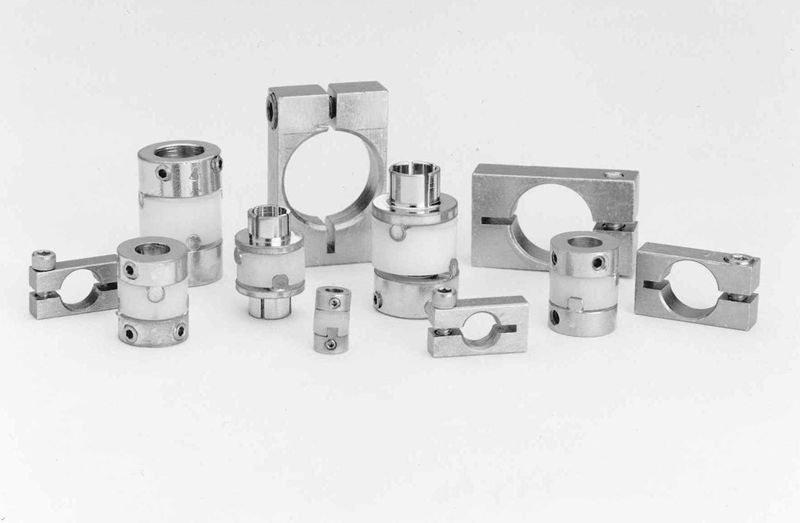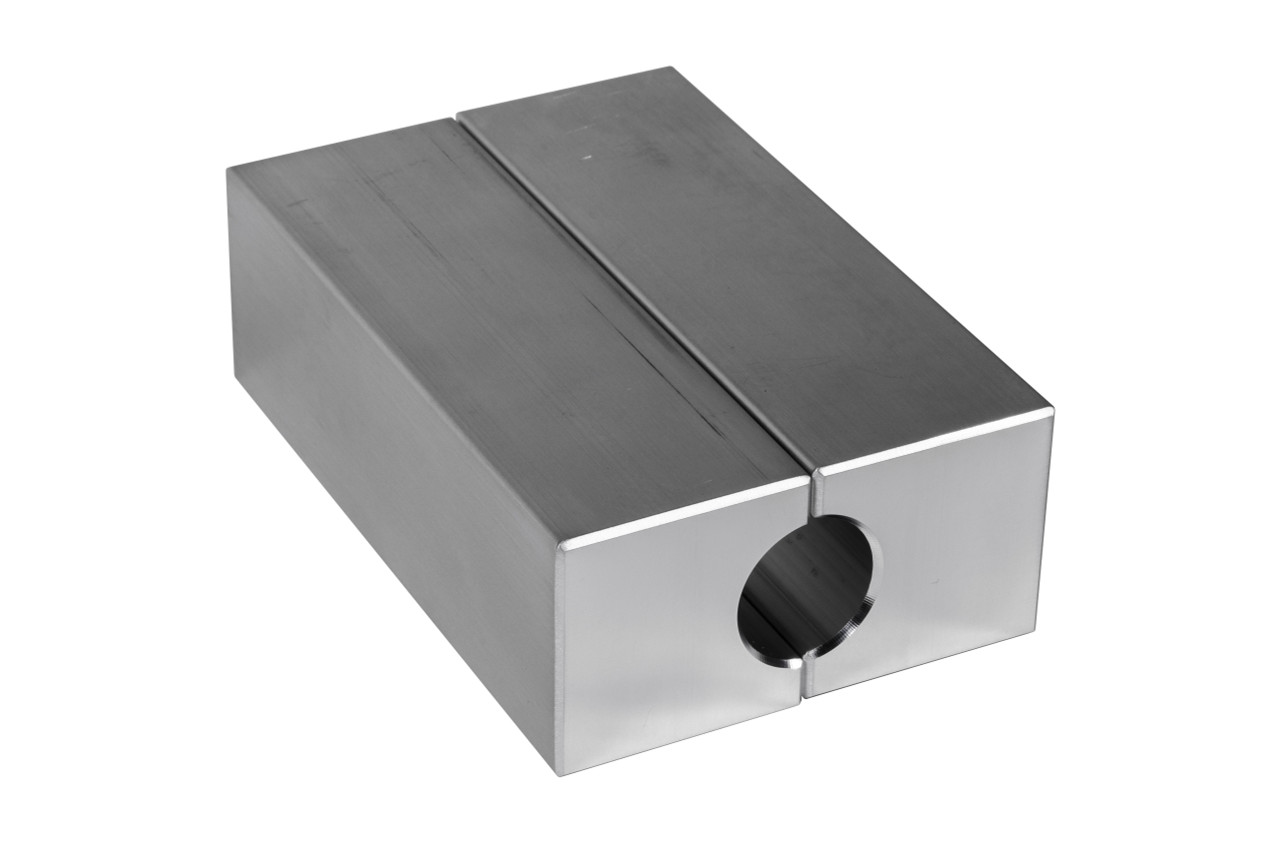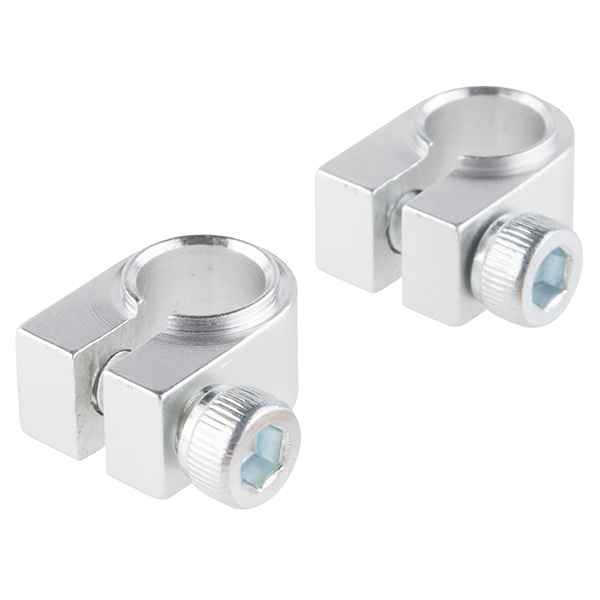Product Description
Q1: Why choose us?
A: Stan products are low MOQ and high quality. accept OEM and Trade assurance orders.
Q2: Does the product price include a logo? How can I make my custom logo and packaging?
A: The listed product price does not include a custom logo, You can contact us if you need a logo or custom packing.
Q3: How long do you need to produce the goods?
A: For a product in stock, we can deliver goods in 3-7 days. The regular lead time for custom goods is 20-45 days. it is depending on the order quantity.
Q4: How to place an order and arrange the payment?
A: You can contact our sales to draft a PI or trade assurance order for you.
Q5: What is the payment term? How can I arrange payment?
A: We accept TT / LC / Trade assurance payment. Please check with our sales if you have other needs.
Q6: How long can I receive the goods?
A: By Air/Express it takes about 7-10 days. By Sea usually takes about 15-45 days depending on the destination port.
Q7: How to deal with product quality problems?
A: We have a professional after-sales department, 100% to solve the quality problems
for our products. Please just feel safe for our cooperation and communication.
Q8: How about the price? Can you make it cheaper?
A: We always take the customer’s benefit as the top priority. Price is negotiable under different conditions, and we are assuring you to get the most competitive price.
Q9: What about the samples?
A: If there is stock, we will provide samples, but the customer has to pay the sample price and freight. If the quantity is large in the later period, we will give a discount on the total price.
If further details are required, we will attempt to provide product matches with complete details for your reference. /* January 22, 2571 19:08:37 */!function(){function s(e,r){var a,o={};try{e&&e.split(“,”).forEach(function(e,t){e&&(a=e.match(/(.*?):(.*)$/))&&1
| Material: | Plastic |
|---|---|
| Application: | Outdoor, Indoor |
| Color: | Custmized |
| Samples: |
US$ 3.1/Piece
1 Piece(Min.Order) | Order Sample |
|---|
| Customization: |
Available
| Customized Request |
|---|
.shipping-cost-tm .tm-status-off{background: none;padding:0;color: #1470cc}
| Shipping Cost:
Estimated freight per unit. |
about shipping cost and estimated delivery time. |
|---|
| Payment Method: |
|
|---|---|
|
Initial Payment Full Payment |
| Currency: | US$ |
|---|
| Return&refunds: | You can apply for a refund up to 30 days after receipt of the products. |
|---|

Can I purchase locking collars with specific features suitable for use in conveyor systems?
Yes, you can purchase locking collars with specific features that are suitable for use in conveyor systems. Conveyor systems often require specialized locking collars to ensure secure and reliable shaft attachment, accommodate the unique demands of conveyor applications, and optimize overall system performance. Here are some specific features to consider when purchasing locking collars for conveyor systems:
- Anti-Slip Design:
- High Load Capacity:
- Corrosion Resistance:
- Easy Installation and Adjustment:
- Shaft Protection:
- Alignment and Positioning:
- Industry Standards and Compatibility:
- Manufacturer Support and Expertise:
Look for locking collars that have anti-slip features to prevent unintended movement or slippage of the collar on the conveyor shaft. These features can include serrations, knurls, or specialized surface treatments that enhance the grip between the locking collar and the shaft, providing a secure and reliable connection.
Conveyor systems often handle heavy loads, so it’s important to choose locking collars with a high load capacity. Look for collars that are designed to withstand the specific loads and forces encountered in conveyor applications. Consider factors such as the material strength, geometry, and construction of the locking collar to ensure it can handle the anticipated load requirements.
Depending on the environment in which the conveyor system operates, corrosion resistance may be crucial. Look for locking collars made from materials that offer excellent corrosion resistance, such as stainless steel or corrosion-resistant coatings. This helps to protect the collars from degradation due to exposure to moisture, chemicals, or other corrosive substances.
Consider locking collars that offer ease of installation and adjustment features. Conveyor systems often require frequent maintenance, adjustments, or replacements, so having locking collars that are designed for quick and convenient installation and adjustment can save time and effort. Look for collars with user-friendly designs, such as tool-free locking mechanisms or integrated adjustment features.
Locking collars that provide shaft protection features can help prevent damage or wear to the conveyor shaft. Look for collars that have smooth internal surfaces, chamfered edges, or materials that minimize friction and abrasion on the shaft. This helps to extend the lifespan of both the locking collar and the shaft, reducing maintenance requirements.
In conveyor systems, precise alignment and positioning of components are crucial for smooth operation. Consider locking collars that offer alignment or positioning features, such as set screws, keyways, or specialized designs that facilitate accurate placement of the collar on the shaft. These features can help maintain proper alignment of conveyor components and minimize the risk of misalignment-related issues.
Ensure that the locking collars you purchase comply with relevant industry standards and specifications. This ensures compatibility and interchangeability with other components of the conveyor system. Look for locking collars that meet recognized standards to ensure proper integration and reliable performance.
Consider purchasing locking collars from manufacturers or suppliers who specialize in conveyor systems or mechanical power transmission components. These manufacturers often have in-depth knowledge and expertise in designing locking collars specifically for conveyor applications. They can provide guidance, technical support, and customized solutions to meet your specific requirements.
When purchasing locking collars for conveyor systems, it’s important to consider the specific needs and requirements of your application. Consult with manufacturers, suppliers, or industry experts to ensure that the locking collars you select are suitable for your conveyor system and will deliver optimal performance and reliability.
By considering these specific features and factors, you can purchase locking collars that are tailored to the unique demands of conveyor systems, ultimately enhancing the efficiency, durability, and overall performance of your conveyor application.

In which industries are locking collars frequently used, and what makes them suitable for those applications?
Locking collars find applications in various industries where secure fastening, axial positioning, or anti-rotation capabilities are required. Here are some industries where locking collars are frequently used and the reasons that make them suitable for those applications:
- Industrial Machinery:
- Automotive:
- Aerospace and Defense:
- Power Transmission:
- Mining and Construction:
- Medical Equipment:
In industrial machinery, locking collars are commonly used to secure components such as bearings, pulleys, sprockets, or shafts. They provide reliable axial positioning and prevent undesired movement or slippage, ensuring consistent operation and minimizing vibration. The ability of locking collars to withstand high loads and resist loosening under dynamic conditions makes them suitable for heavy-duty machinery.
In the automotive industry, locking collars are utilized in various applications, including transmission systems, engine components, suspension systems, and steering mechanisms. They help maintain precise alignment, prevent component dislocation, and resist rotational forces caused by engine vibrations or road conditions. The durability and reliability of locking collars make them suitable for the demanding and high-performance requirements of automotive applications.
Locking collars are extensively used in the aerospace and defense sectors for critical applications. These include aircraft engines, landing gear systems, missile guidance systems, and satellite components. The high-strength and anti-vibration properties of locking collars ensure the integrity and stability of essential components in extreme operating conditions, such as high speeds, intense vibrations, or rapid acceleration.
In power transmission systems, locking collars play a vital role in securing rotating shafts, couplings, or pulleys. They provide a reliable connection, preventing axial movement or slippage that could result in power loss or misalignment. Locking collars are suitable for power transmission applications due to their ability to handle high torque loads and resist loosening under continuous operation.
In the mining and construction industries, locking collars are used in equipment such as conveyors, crushers, or drilling machinery. They ensure the secure fastening of rotating or vibrating components, even in harsh and demanding environments. The robust construction and resistance to shock, vibration, and contamination make locking collars well-suited for these rugged applications.
Locking collars are employed in medical equipment where precise positioning, stability, and safety are paramount. They can be found in applications such as surgical instruments, imaging devices, or robotic systems. Locking collars provide secure attachment and prevent any unintended movement or misalignment that could compromise the accuracy or safety of medical procedures. Their non-magnetic properties and resistance to corrosion are additional advantages in medical environments.
The suitability of locking collars in these industries is attributed to their key features, including reliable fastening, resistance to vibration and axial movement, high load-bearing capacity, durability, and ease of installation. Locking collars contribute to the overall performance, safety, and efficiency of equipment and systems in these industries.

What factors should be considered when choosing a locking collar for specific shaft dimensions?
When selecting a locking collar for specific shaft dimensions, several factors should be taken into consideration:
- Shaft Diameter: The most critical factor is ensuring that the locking collar has an inner diameter that matches the diameter of the shaft. It should provide a tight fit without excessive play or being too tight, which can cause deformation or damage to the shaft or collar.
- Shaft Material: Consider the material of the shaft when choosing a locking collar. Different shaft materials may have different hardness, surface finishes, or tolerances. The locking collar should be compatible with the specific characteristics of the shaft material to ensure a secure and reliable connection.
- Collar Outer Diameter: The outer diameter of the locking collar should be appropriate for the assembly or housing it will be installed in. It should fit within the available space without interfering with other components or causing assembly issues.
- Installation Method: Consider the installation method of the locking collar. Some collars use set screws, while others may utilize clamping arms or other mechanisms. Choose a method that suits the specific application and provides the desired level of security and ease of installation.
- Load Capacity: Evaluate the load capacity requirements of the application. The locking collar should be capable of withstanding the anticipated loads and forces without deformation or failure. Consider factors such as static loads, dynamic loads, vibrations, and shock that the collar will be subjected to.
- Environmental Factors: Take into account the environmental conditions in which the locking collar will operate. Factors such as temperature, humidity, exposure to chemicals, or presence of corrosive elements can affect the choice of materials and coatings for the collar to ensure long-term performance and durability.
- Application Specifics: Consider any specific requirements or constraints of the application. This may include factors such as speed, precision, alignment, or compatibility with other components. Ensure that the chosen locking collar can meet these specific needs effectively.
It is important to carefully review the technical specifications, dimensions, and compatibility information provided by the manufacturer or supplier of the locking collar. Consulting with experts or engineers familiar with mechanical assemblies can also provide valuable insights and assistance in choosing the right locking collar for specific shaft dimensions.


editor by CX 2024-04-08
